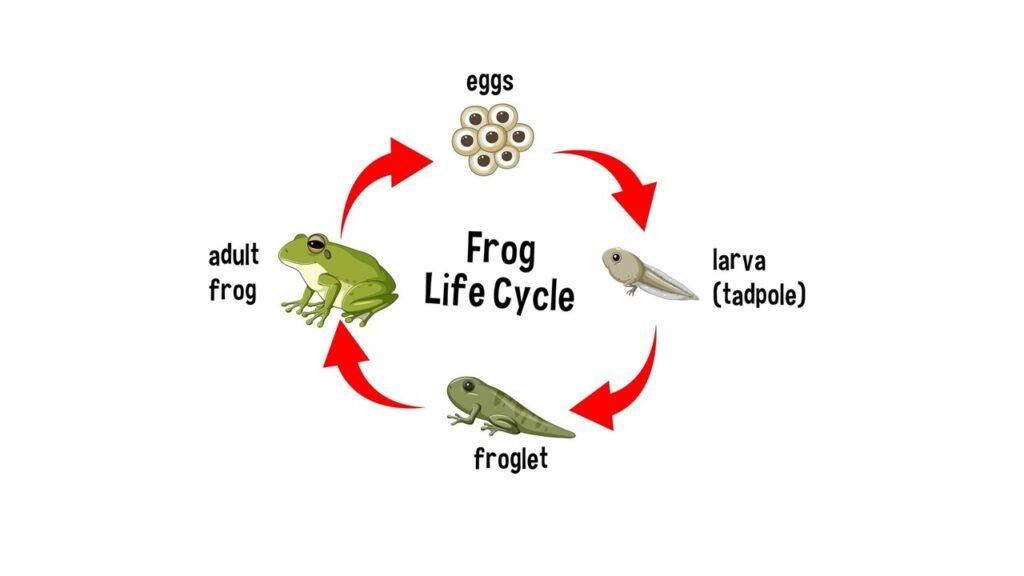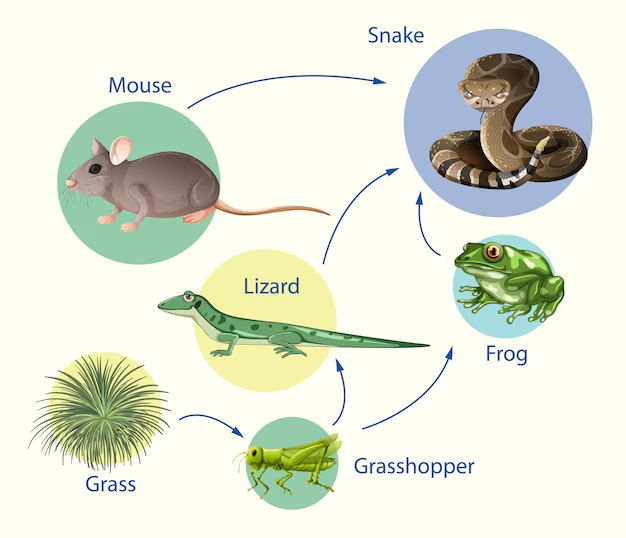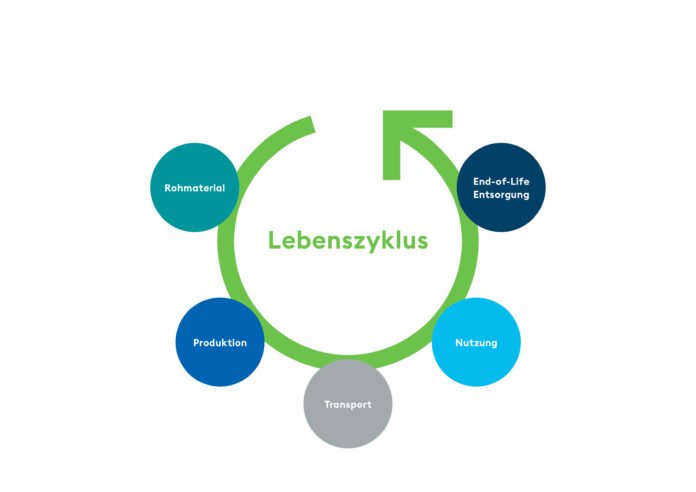The life cycle of neurons Nabiha is more than just science — it’s a story of growth, connection, and renewal.
Think of your neurons as the unsung heroes of your body.
They’re working 24/7, sending signals, processing information, and keeping you alive.
But how do these tiny powerhouses grow, live, and eventually die?
Let’s break it down step by step.
Step 1: The Birth of a life cycle of neurons nabiha
Every neuron starts its life in a specific part of the brain called the neural stem cell niche.
Imagine a factory where specialized workers are born.
These workers life cycle of neurons nabiha are crafted with precision to handle complex tasks.
life cycle of neurons nabiha is most active during fetal development.
It’s how your brain builds its initial network.
But here’s the cool part: even as adults, we’re still making new neurons.
Yes, you read that right.
Your hippocampus, the part of the brain tied to memory and learning, continues to generate new neurons throughout your life.

Step 2: The Journey to Their Destination
Once a neuron is born, it’s not just sitting around.
It migrates to its assigned location in the brain.
Think of this as a new employee moving to their workstation.
This journey is guided by chemical signals and physical pathways.
It’s an intricate process, and if anything goes wrong, it can lead to developmental disorders.
Step 3: Maturation and Making Connections
After reaching its destination, a neuron has to grow and mature.
This involves developing dendrites and axons — the arms and legs of the neuron.
Dendrites receive signals, while axons send them out.
Here’s where the magic happens: synapses form.
Synapses are like bridges that connect neurons, allowing them to communicate.
Every time you learn something new or form a memory, your neurons are creating and strengthening these connections.
Step 4: Neurons at Work
Once matured, neurons Nabiha jump into action.
They’re the messengers of your nervous system, transmitting electrical and chemical signals.
Picture a complex network of highways where cars (signals) are constantly moving.
Neurons don’t work alone; they’re part of a vast network that keeps your body functioning.
From controlling your heartbeat to solving a math problem, neurons are always on the job.
Step 5: The End of the life cycle of neurons nabiha
Like all cells, neurons have a lifespan.
Some neurons live for decades, while others have shorter lives.
When neurons die, it’s usually due to programmed cell death (apoptosis) or damage from disease or injury.
Unlike other cells in your body, neurons don’t regenerate easily.
This is why conditions like Alzheimer’s and Parkinson’s are so devastating.
FAQs About the Life Cycle of Neurons Nabiha
Can you grow new life cycle of neurons nabiha as an adult?
Yes! Adult neurogenesis happens in areas like the hippocampus.
Activities like exercise, learning, and even meditation can boost this process.
What happens when life cycle of neurons nabiha stop working?
When neurons malfunction, it can lead to diseases like epilepsy, multiple sclerosis, or neurodegenerative disorders.
Can neurons repair themselves?
While neurons don’t regenerate easily, the brain can rewire itself to some extent through neuroplasticity.

What kills life cycle of neurons nabiha?
Neurons can die from aging, lack of oxygen, trauma, or diseases like Alzheimer’s.
How do neurons communicate?
Through synapses! Electrical signals travel down the axon and trigger the release of neurotransmitters, which carry the message to the next neuron.
Why Understanding Neurons Matters
The life cycle of neurons Nabiha isn’t just a biology lesson.
It’s a window into how we think, feel, and live.
From the moment you’re born to your last breath, neurons are at the heart of everything you do.
Take care of your brain, and your neurons will take care of you.
For more insights into neurogenesis and brain health, check out trusted sources like NIH or ScienceDaily.
The life cycle of neurons Nabiha is a story of resilience, connection, and the incredible complexity of the human body.


